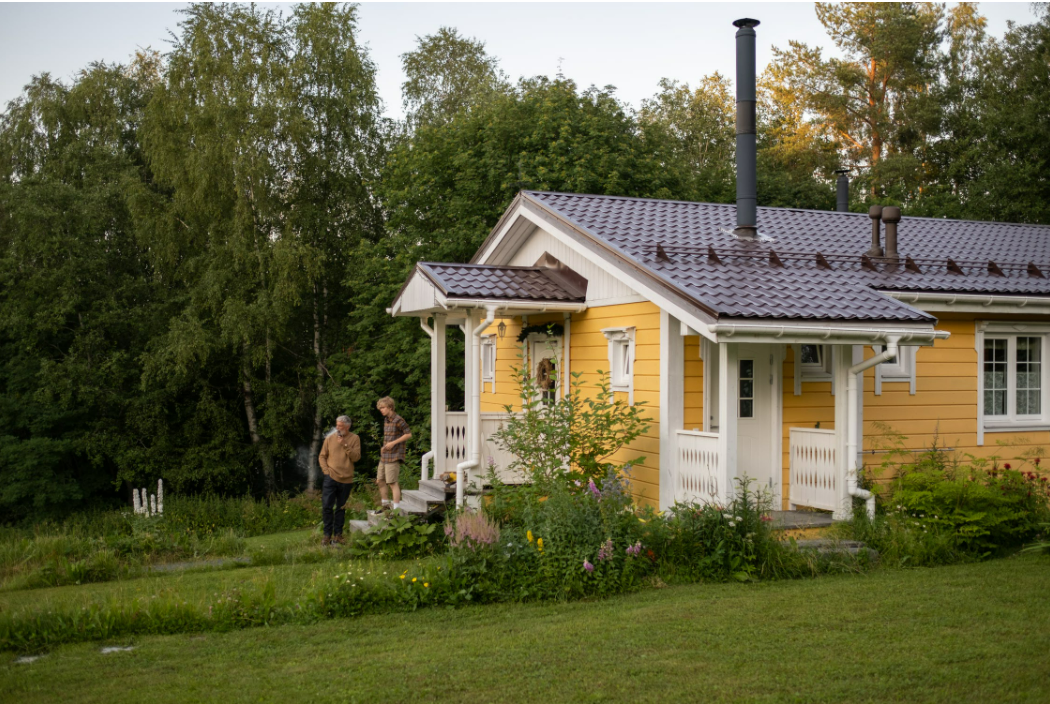Signs That Tell You It's Time to Replace Your Home's Vinyl Siding
Vinyl is a durable material that can last for decades, and high-quality panels can withstand high winds, freezing precipitation, and exposure to direct sunlight without sustaining damage for many years. However, it is possible that your home is simply older, and the panels have reached the end of their life span. Taking a moment to inspect the exterior of your home for these signs that the siding needs to be replaced helps you to maintain the value of your property.
The Underlying Materials Show Signs of Rot
Vinyl siding doesn’t typically rot, but water can sometimes seep through cracks or make its way up underneath loose siding during storms or after you pressure wash the house. Eventually, this can cause the wood materials that are placed below the siding to develop mold and rot away. Ideally, siding gets replaced before the underlying materials rot. If the issue goes past this point, then you can replace both layers to fully protect your home.
There Is Moisture on the Interior of Your Home
Small cracks might make it hard to see if there is wood rotting beneath the vinyl panels. This means that the problem might go undetected for a while. In this case, you might notice that the problem progresses to the point that moisture makes its way to the other side. If you see water getting in on a part of your house that is covered in siding, then it is possible that the leakage and rot has become extensive.
The Panels Are Loose
Vinyl panels are held in place with sturdy fasteners such as nails or screws. Over time, the fastener itself can break, which can lead to the panels coming loose. This is usually most noticeable after a heavy storm or if something hits the side of the house. A loose panel can blow off completely, or it can allow for water to get inside.
There Are Holes or Cracks in the Siding
Hail can break through the surface of weakened panels, and insects or animals can occasionally bore their way through and create holes. If you spot a hole or crack, then you can assume that the panel is compromised. This can also affect the insulation that siding provides and cause your utility bills to increase. Replacing the siding corrects these issues while also giving you a chance to address any existing pest control problems.
As a final note, remember that vinyl siding is only as good as its installation and the quality of the materials. Look for features such as longer panels that reduce the amount of seams and allow for a tighter fit. You’ll notice that the siding lasts longer and provides more benefits such as improving energy efficiency that help you maximize your investment in the replacement.


